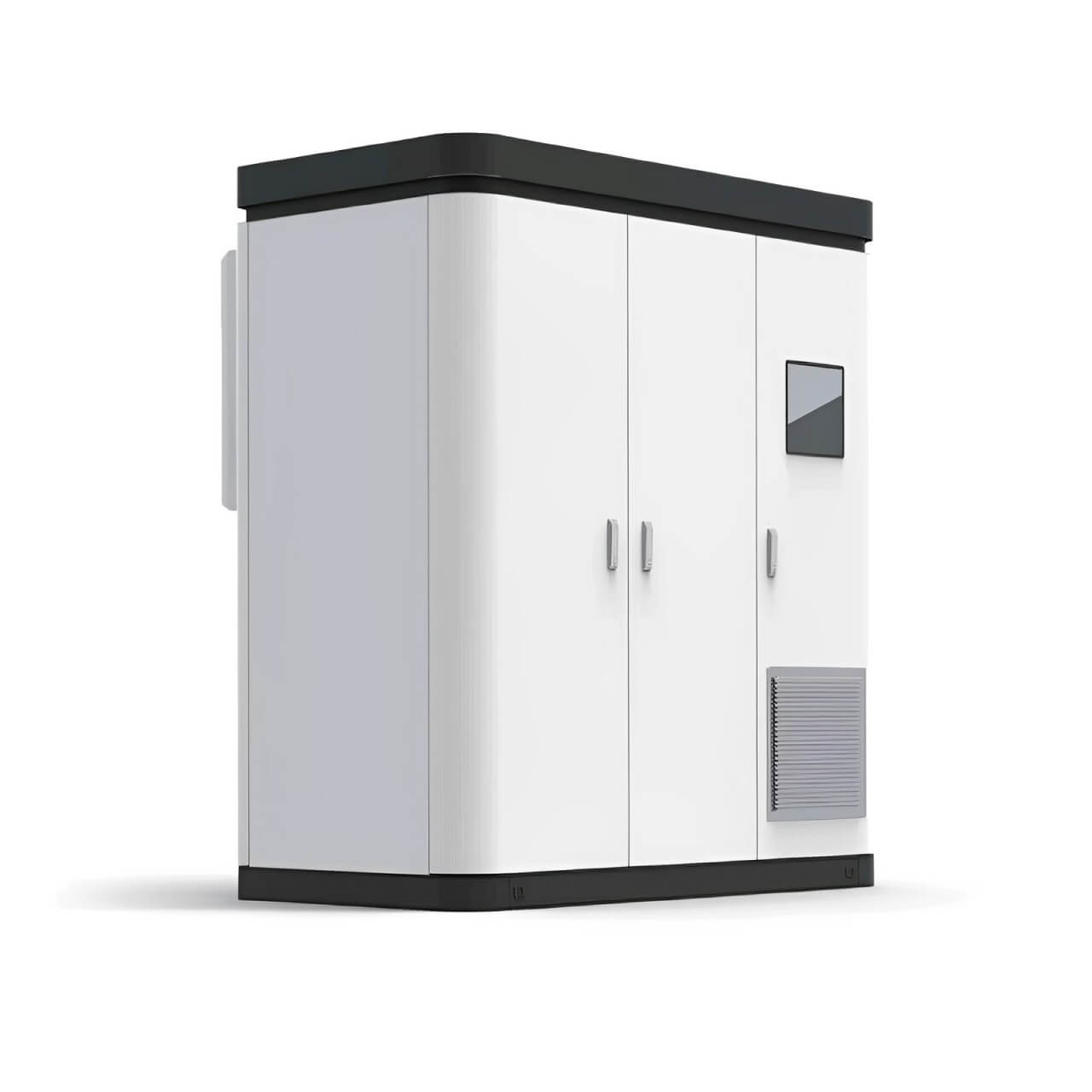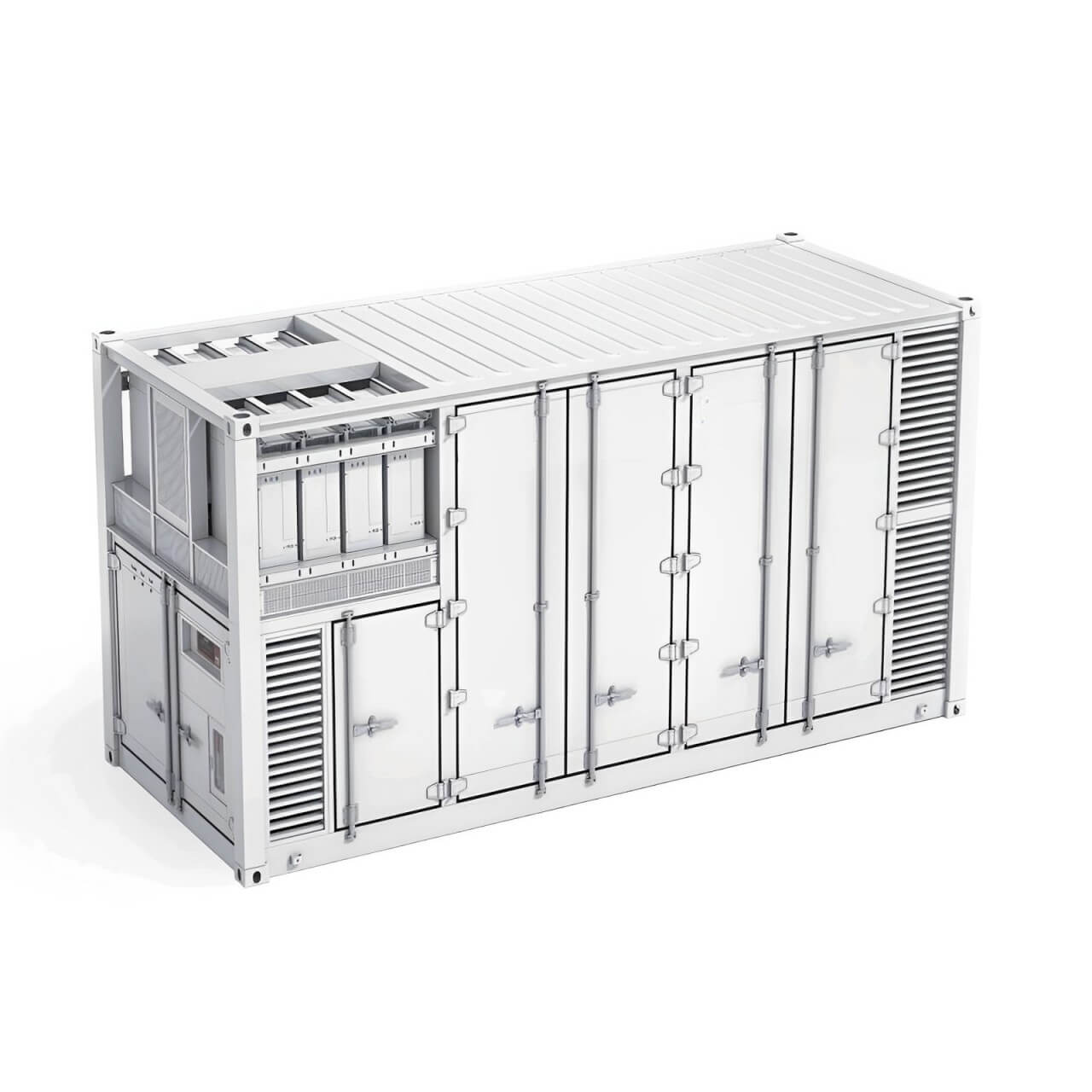Battery protection circuit troubleshooting and solutions.
Battery protection circuits are an important part of modern electronic devices, ensuring that batteries are charged and discharged safely and efficiently. These circuits are designed to protect the battery from overcharging, overdischarging, and short-circuiting, which can damage the battery and even cause it to explode. However, as with any electronic component, battery protection circuits can malfunction, leading to a host of problems with the device. In this article, CSIT lithium battery manufacturers will explore the symptoms of a malfunctioning battery protection circuit and provide a step-by-step guide to troubleshooting the circuit.
Symptoms of a Faulty Battery Protection Circuit If your battery protection circuit is malfunctioning, you may notice a variety of symptoms, such as:
Battery overheating Battery overheating is a common symptom of a faulty protection circuit. When the circuit malfunctions, it may cause the battery to overcharge, which creates too much heat. If left unchecked, this can damage the battery or even cause it to explode.
Rapid Battery Depletion If your battery is draining faster than usual, it may indicate that the protection circuit is not working properly. A faulty circuit may cause the battery to discharge too quickly, which can shorten its overall life.
Unable to charge the battery If your battery is not charging, it may be due to a malfunction in the protection circuit. The circuit may prevent the battery from charging properly, or it may be damaged, preventing the charging process from beginning.
Battery Swollen or DeformedIf your battery is swollen or deformed, it may be due to a faulty protection circuit. A damaged circuit can cause the battery to be overcharged or overdischarged, resulting in swelling or distortion.
Battery Short Circuit A short-circuited battery can be dangerous and may even cause a fire. A malfunctioning protection circuit can cause a short circuit that can damage the battery and the equipment it powers.
Inconsistent Battery Performance If your battery performance is inconsistent, it may be a sign of a malfunctioning protection circuit. The circuit may operate intermittently, causing the battery to charge and discharge unpredictably.
If you notice any of these symptoms, be sure to troubleshoot the battery protection circuit to prevent further damage to your battery and equipment.
Tools and Equipment Required
To troubleshoot the battery protection circuit, you will need a few tools and equipment:
Multimeter to measure voltages and resistances Soldering iron and soldering iron for removing components Wicking pumps or wicks to replace components such as MOSFETs, resistors, and capacitors Step-by-step troubleshooting process
Now that you have your tools and equipment, let's begin the troubleshooting process. Follow the steps below to diagnose and resolve the battery protection circuit:
Step 1: Check Battery Voltage The first step is to check the battery voltage. Use a multimeter to measure the voltage between the positive and negative terminals of the battery. If the voltage is too low, the battery may be discharged and you may need to charge it before continuing.
Step 2: Check the Battery Protection Circuit Board The next step is to check the battery protection circuit board for any visible signs of damage, such as burn marks or swollen capacitors. If any damage is found, the circuit board may be faulty and will need to be replaced.
STEP 3: CHECK THE MOSFETMOSFETs are the most critical components in the battery protection circuit. They control the flow of current between the battery and the device and are responsible for protecting the battery from overcharging and overdischarging. Use a multimeter to check the resistance of each MOSFET. If the resistance is too high or too low, the MOSFET may be defective and need to be replaced.
Step 4: Check Resistors and Capacitors Resistors and capacitors are also important components of the battery protection circuit. They regulate current and voltage and help protect the battery from damage. Use a multimeter to check the resistance and capacitance of each component. If these values are out of the specified range, the component may be faulty and needs to be replaced.
Step 5: Verify Protection Circuit Functionality After replacing any faulty components, you will need to verify the functionality of the protection circuitry. Connect the battery to the unit and monitor the voltage using a multimeter. Verify that the battery is properly charged and that the voltage is within the specified range. You should also monitor the temperature of the battery to ensure that it does not overheat.
Step 6: Replace All Faulty Components and Test the Protection Circuitry Again If the protection circuitry is still not functioning properly, you may need to replace other components. Repeat steps 3-5 until the circuit works properly. Once the circuit is working properly, test again to ensure that the battery is charging and discharging properly and that the voltage is within the specified range.

 简体中文
简体中文 Russian
Russian French
French German
German Japanese
Japanese Korean
Korean Arabic
Arabic Spanish
Spanish





